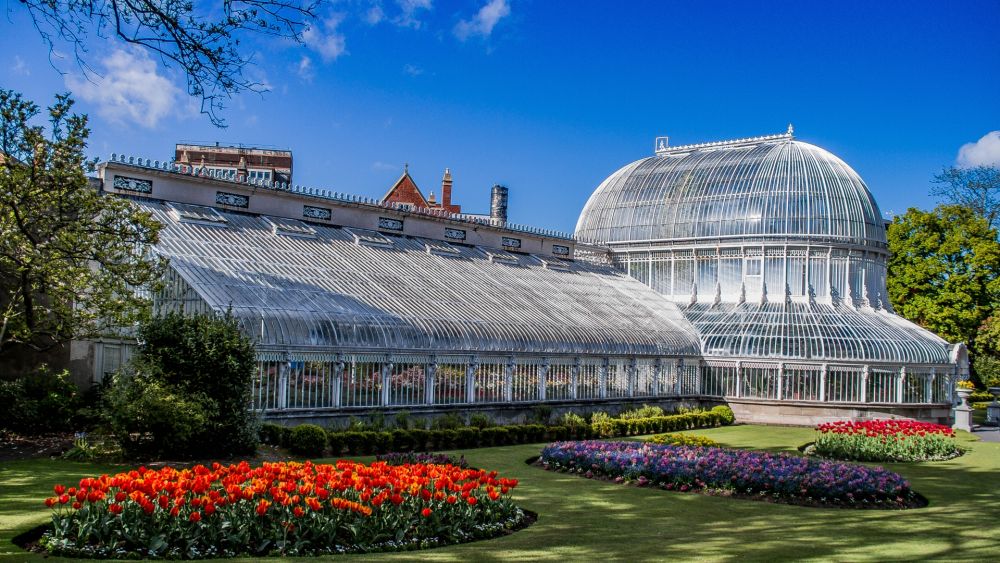

The Botanic Gardens in Belfast, United Kingdom, are more than just a visual delight; they are steeped in history and have played a significant role in the development of tourism and the scientific community in the region. Opened in 1828, the gardens were initially established by the Belfast Botanic and Horticultural Society, aimed at the growing public interest in botany and horticulture. In the 19th century, botanical gardens were pivotal in the study and display of plant collections, which showcased the importance of understanding plants for medical and economic purposes.
By 1895, the city council took over the management of the gardens, marking a new era that would lead to increased public access. Among the garden's most distinctive features are the Palm House and the Tropical Ravine. The Palm House, a curvilinear cast-iron glasshouse designed by Charles Lanyon, was completed in 1840 and is one of the earliest examples of a glasshouse made of curved iron and glass. The Tropical Ravine, added in 1889, housed tropical plants, including banana, cinnamon, and orchid plants from the southern hemisphere.
The gardens became a central part of Belfast's leisure and educational life, hosting concerts, festivals, and other public events that attracted crowds from across the social spectrum. This would lay the foundations for the growth of tourism in the area.
Over the years, the Botanic Gardens have become a cherished landmark, not just for their botanical significance but also as a cultural and recreational hub for both locals and travelers. The gardens have adapted to the changing trends in tourism, ensuring a blend of educational experiences with leisure activities.
In recent times, there has been a noticeable shift towards eco-tourism and sustainability in the travel industry. Botanic Gardens has responded to this by hosting various environmental education programs and promoting biodiversity within the city. Its role in conservation and environmental awareness has made it a modern tourist attraction for those interested in sustainable and responsible travel.
The restoration of the Tropical Ravine, completed in 2018, is a testament to the commitment to both preserve history and to cater to the evolving demands of discerning visitors. With its integration of technology, such as interactive displays and energy-efficient heating systems, it showcases how historical sites can modernize while maintaining their heritage.
The Botanic Gardens continue to be a significant draw, owing to the continuous efforts to maintain their beauty and the integration of various cultural events that take place throughout the year, such as concerts, exhibitions, and the Belfast Mela — an annual multicultural festival. Accessibility improvements and the integration of the Gardens into Belfast’s wider tourist map, like the nearby Ulster Museum, have further bolstered its appeal as a must-visit destination.
Looking ahead, the Botanic Gardens are likely to remain a vital part of Belfast's tourism offering. Continued investment in the maintenance and restoration of the gardens' features ensures that they preserve their historic charm and serve as a welcoming green space within the urban environment. Furthermore, by hosting a range of events and employing digital interfaces to enhance the educational experience, they are poised to attract a diverse array of visitors for generations to come.